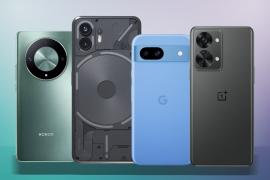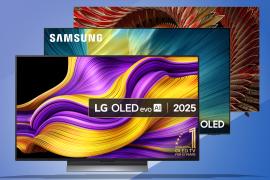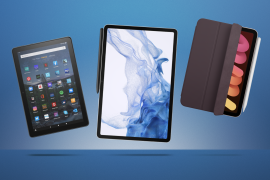Samsung Galaxy S25 Ultra review: hardware takes a back seat to AI gains
It's no ground-up rework, but Samsung's latest hero still has a huge amount to offer
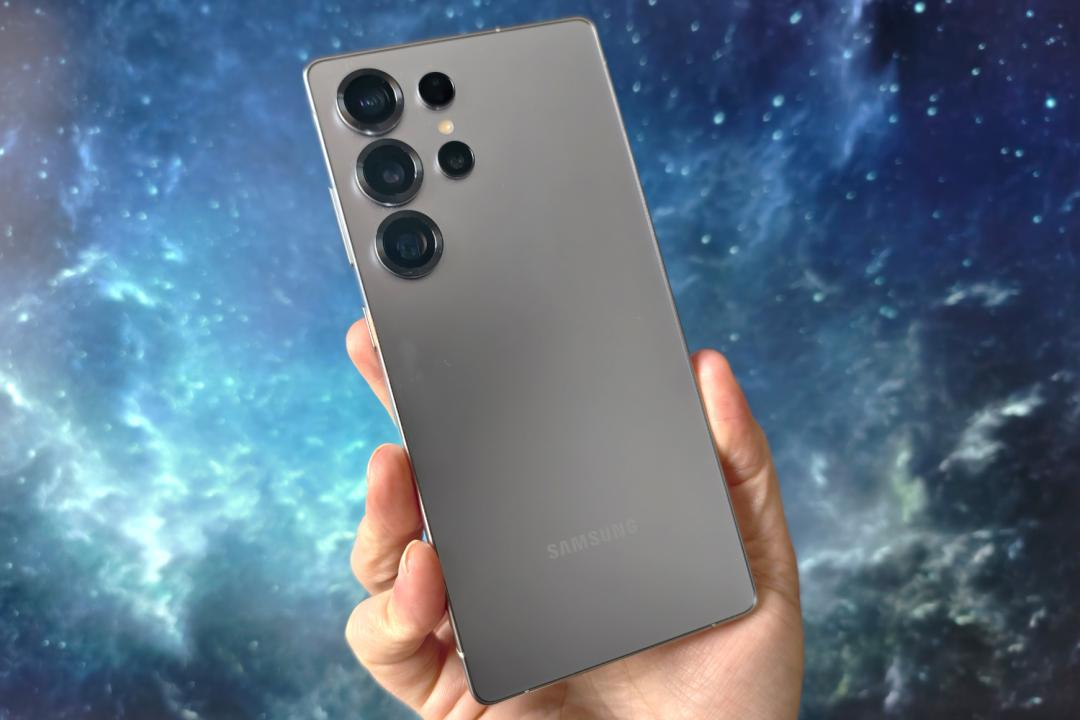
Stuff verdict
An underwhelming year-on-year upgrade that makes software the star. The Galaxy S25 Ultra is still compelling, and a class leader in several areas, but doesn’t excite like previous generations.
Pros
- Simply outstanding performance
- Largely unchanged cameras still among the best in class
- Refined design and tougher build
- Galaxy AI finally starting to feel like a cohesive whole
Cons
- Beaten on battery by cheaper rivals using newer tech
- Few meaningful hardware changes from the last-gen phone
- S Pen a downgrade on last year
Might this be the phone equivalent of doing your homework the night before the deadline? The Galaxy S25 Ultra should be Samsung’s crowning glory smartphone for 2025, and yet I had to pore over the spec sheet with a magnifying glass to spot what was actually new.
Oh sure, it looks different. That titanium frame is a little flatter now, and the corners more rounded. Underneath, Qualcomm’s latest mobile chipset brings more power and efficiency. One of the four rear snappers even has a new sensor! But look closely and you’ll see it’s more than just the cobalt in the battery that’s been recycled. Things have even gone backwards in one area.
Samsung seems to have given up chasing hardware supremacy, and is instead going all-in on Galaxy AI. What were standalone features last year now work together in a far more cohesive way, and some of the Gemini goodies that used to be exclusive to Google’s Pixel phones have also made the jump. There are functions here I could genuinely see myself using every day – but it’s hard to justify shelling out four figures for the privilege, given the lack of upgrades everywhere else. Pricing is at least unchanged from last year, starting at $1300/£1249 and climbing to $1650/£1549 for the 1TB hero model.
Then again, there’s still plenty here that keeps pace with big-name Android rivals, and some exclusives that could just make up for any deficits. And if the outgoing Galaxy S24 Ultra was such a showstopper, does it matter that its successor isn’t a root-and-branch replacement?
How we test smartphones
Every phone reviewed on Stuff is used as our main device throughout the testing process. We use industry-standard benchmarks and tests, as well as our own years of experience, to judge general performance, battery life, display, sound and camera image quality. Manufacturers have no visibility on reviews before they appear online, and we never accept payment to feature products. Find out more about how we test and rate products.
Design & build: rounding things off
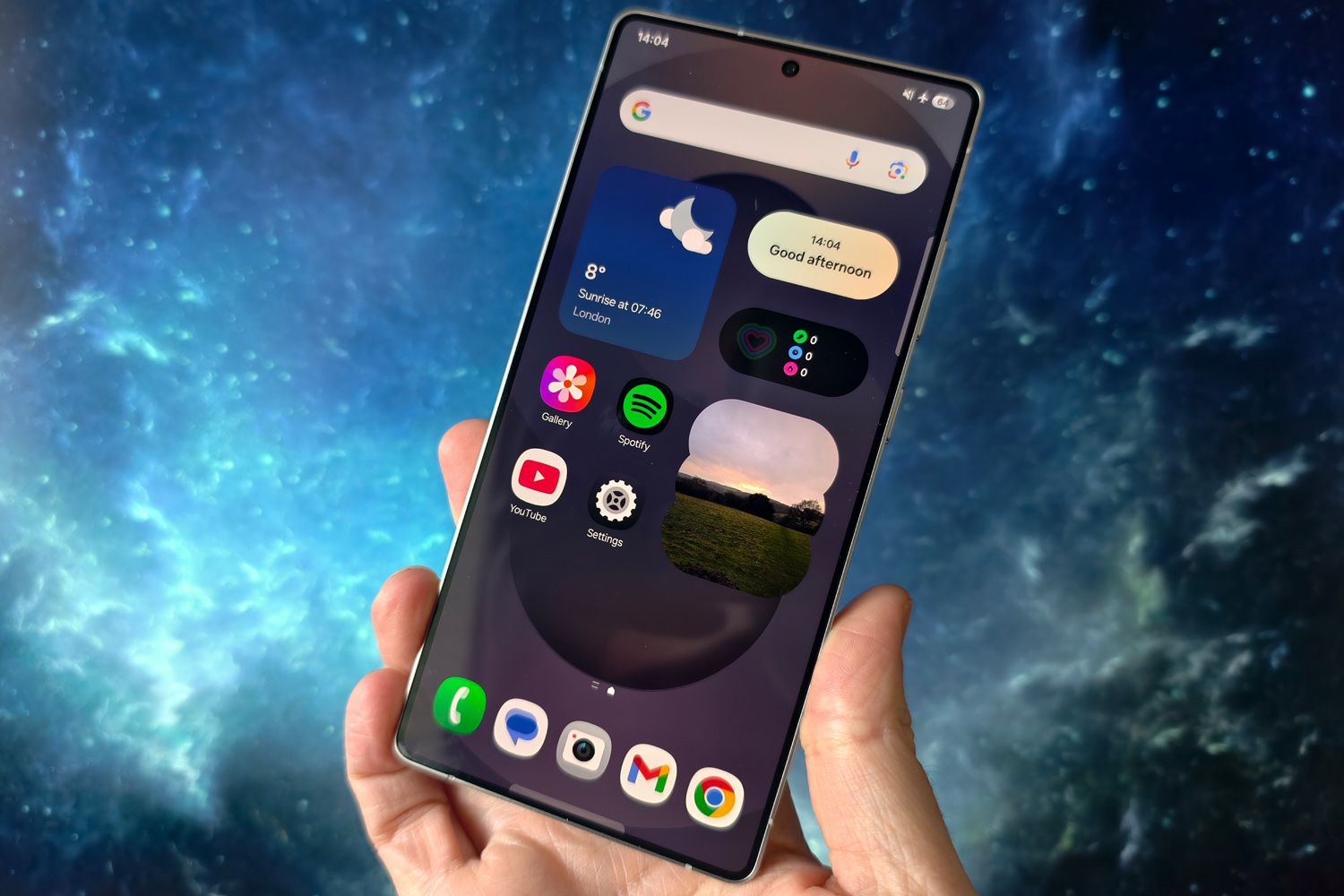
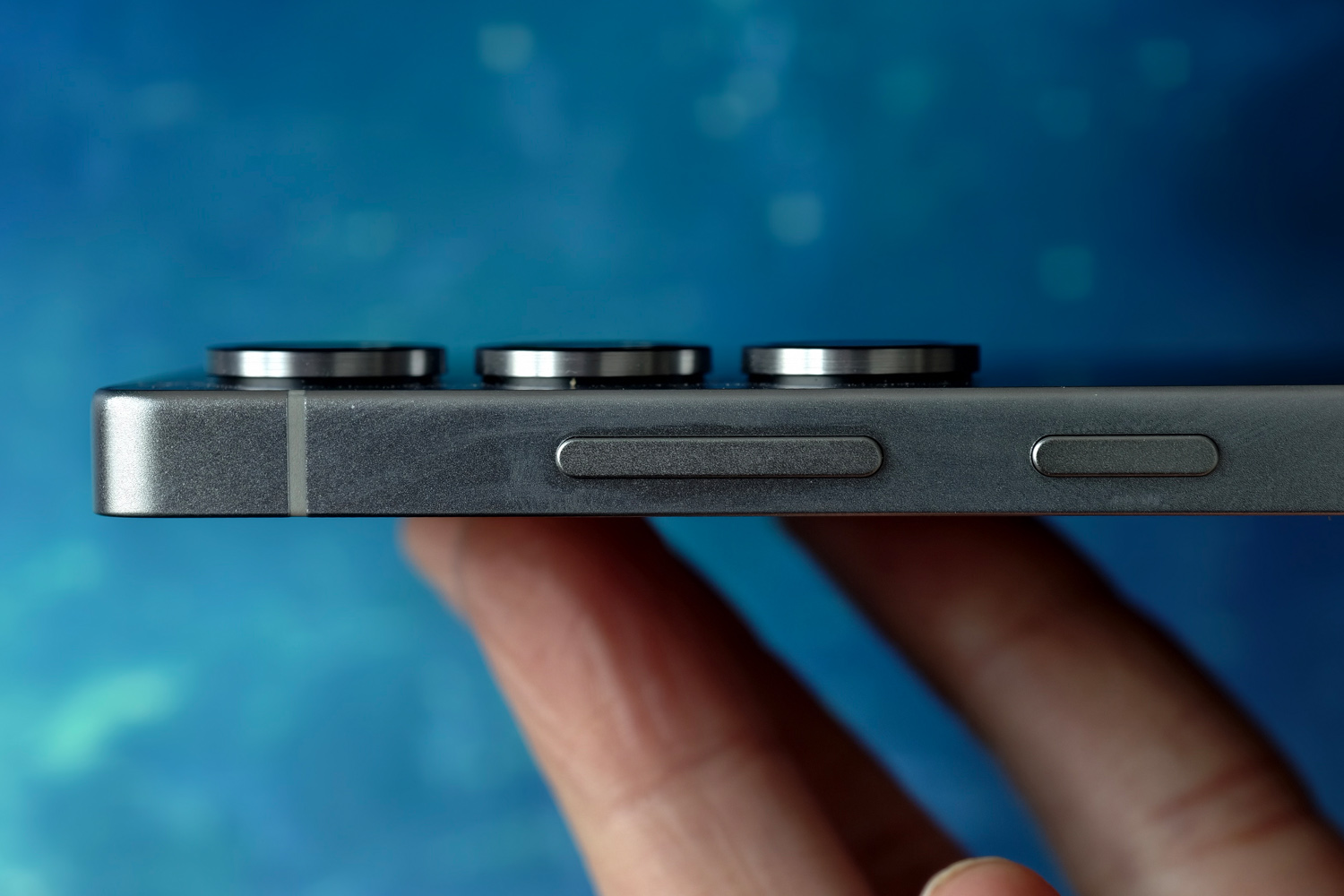
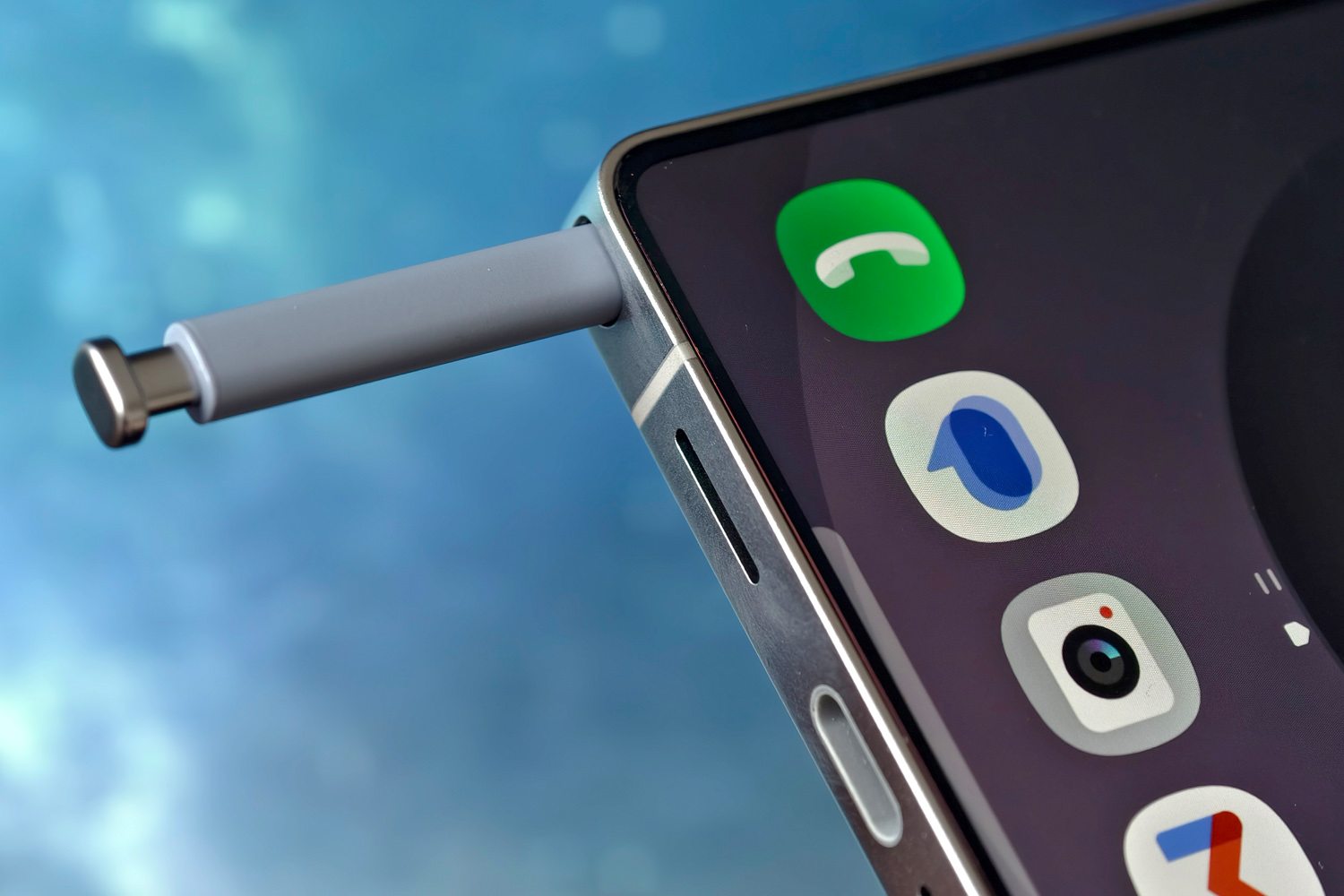
The convex sides and pointy corners of last year’s Galaxy S24 Ultra have been put out to pasture, in favour of a look that gets much closer to the regular S25. It’s a design trend that’s been all but impossible to escape from lately, but I can’t deny it makes for a much more comfortable feel in the hand.
That family resemblance is accentuated by the black bezels around the rear cameras. This is more for the benefit of the other S25 models, which have much smaller lenses, but I like the way they seem to ‘float’ above the rear panel.
None of the colour options are particularly distinctive, with my Silverblue review unit not really having much blue to it at all. Head to the Samsung web store for the Jadegreen option if you want your tech to stand out from the crowd.
The frame is of course still made from titanium, which is as luxe as phone materials get right now. The cover glass, though? That’s Gorilla Armor 2, Corning’s toughest creation to date. The heat-treated, crystal-infused glass ceramic can apparently survive drops of up to 2.2 meters onto concrete, and still busts reflections to an almost magical degree. Given the S24 Ultra’s Gorilla Armor cut screen replacements by a huge 60% compared to the previous generation, this bodes well for anyone that doesn’t put their phone in a case.
Slimming down to 8.2mm (a 0.4mm improvement over the S24 Ultra) makes this Samsung’s thinnest flagship yet, and at 218g it’s considerably lighter to boot. I found it even easier to use one-handed, despite still putting other flagships to shame size-wise. I appreciate the IP68 dust and water resistance, too; while rivals have made IP69 the new benchmark, being able to put your phone in a dishwasher isn’t a feature I’m all that bothered about.
As ever, there’s an S Pen stylus slotted home at the bottom of the phone – except there’s been some regression from last year. The S25 Ultra’s S Pen doesn’t have Bluetooth, so can’t act as a camera remote, control presentations, or perform Air Action gesture shortcuts. Samsung reckons not enough people used ’em, but it’s still a backwards step.
Screen & sound: something to reflect on
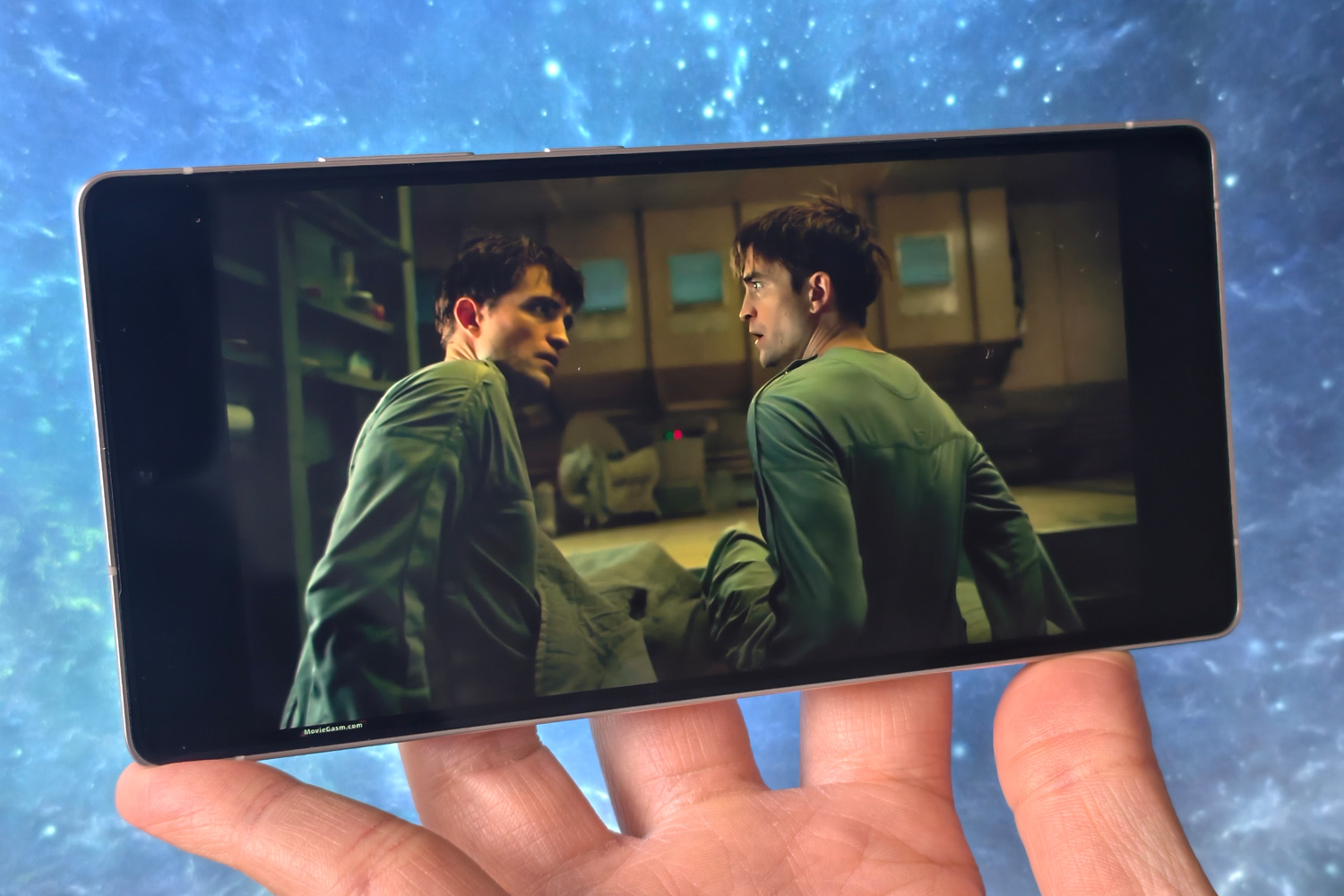
Bezels some 15% skinnier than last year helped Samsung squeeze a slightly larger 6.9in AMOLED into the S25 Ultra (up from 6.8in seen before). I’m sure it’s no coincidence that puts it on par with the Apple iPhone 16 Pro Max.
The underlying panel hasn’t changed all that much, but then it didn’t really need to. The 3120×1440 resolution is still higher than pretty much any current-gen rival, and the LTPO adaptive refresh rate strikes the best balance between fast motion and energy efficiency.
Colour, contrast and black levels are as good as it gets from AMOLED tech, and viewing angles are equally top tier. It plays nicely with all the major HDR formats, too. There’s apparently ProScaler tech behind the scenes to sharpen up lower resolution content, but there’s no option to turn it on or off, and videos didn’t look notably sharper to me than the other handsets I had available during testing.
I was a little surprised Samsung didn’t boost peak brightness at all, meaning it tops out at the same 2600 nits as last year. That wasn’t class-leading in 2024, and some rivals are now pushing 5000 nits (albeit on just a tiny part of the screen). Not that it mattered much in my testing: Gorilla Armor 2’s ability to shrug off light made sure I could always see what was onscreen clearly, even on the sunniest of days.
Nothing much seems to have changed on the sound front, with a down-firing speaker and earpiece tweeter delivering the same decently loud audio I remember from the S24 Ultra. The Honor Magic 7 Pro is my new Android bar for clarity and low-end presence; this sounds slightly hollow in comparison, and a little bit peaky at the top end.
Cameras: ultrawide upgrade

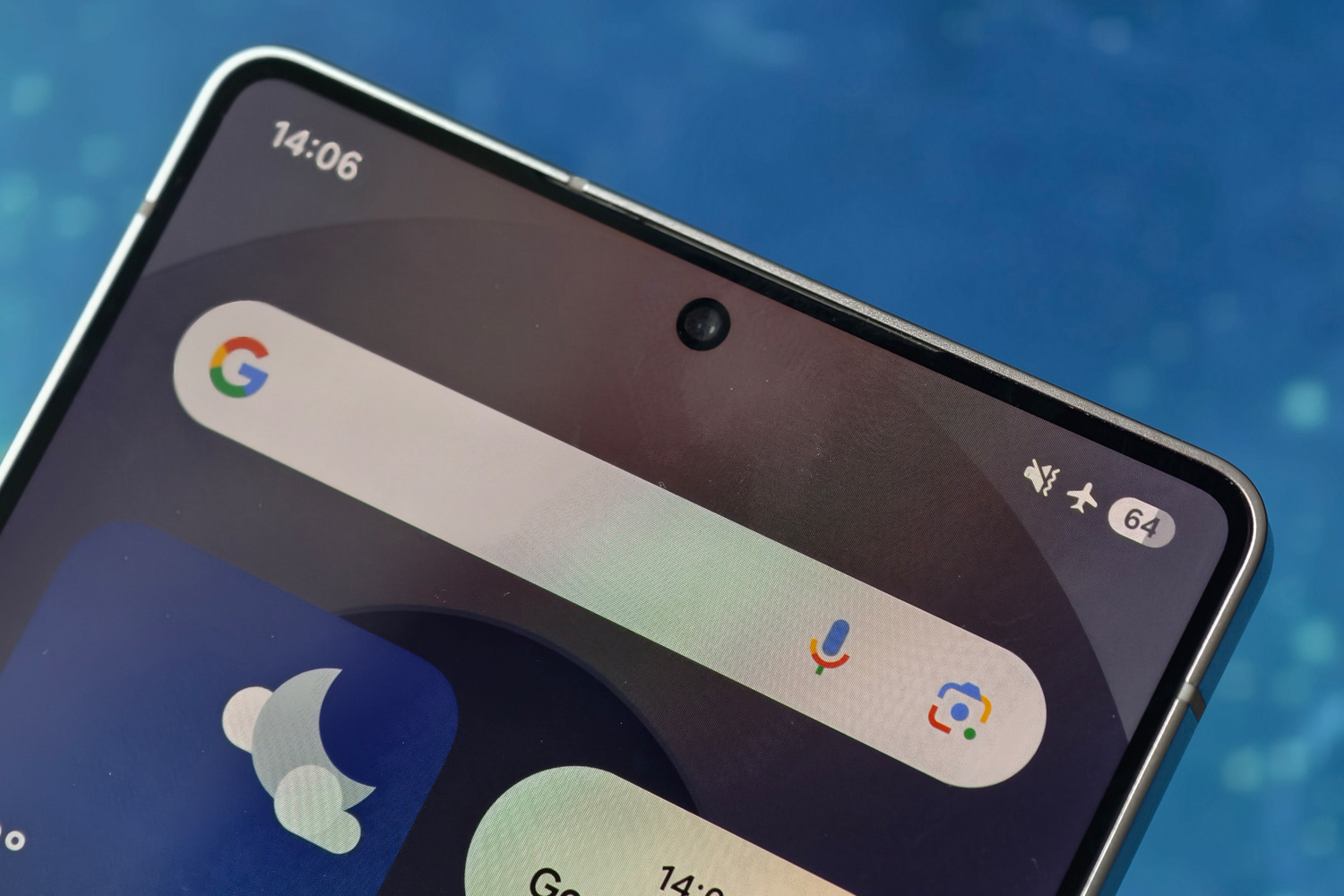
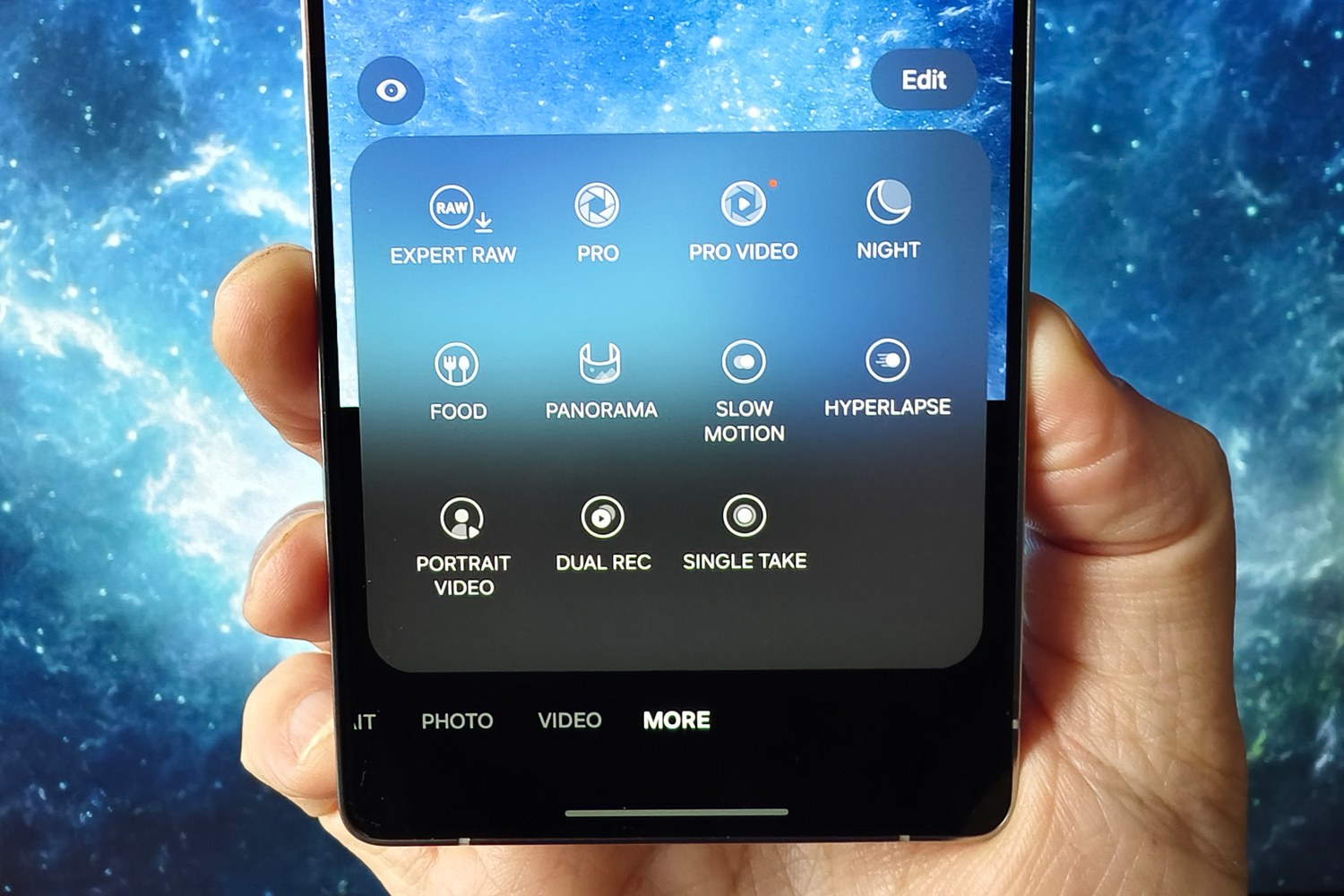
On one hand, the Galaxy S25 Ultra is a brilliantly capable camera phone. Its 200MP, f/1.7 lead lens delivers detailed, colourful snaps in pretty much all lighting conditions, despite now being three generations old. Exposure is usually very well judged, and there’s a level of consistency between its four lenses that plenty of rivals simply can’t match. The firm’s image processing remains top-tier, too, trading blows with Apple and Google for dynamic range and shadow definition.
The new 50MP ultrawide is a welcome improvement from the old 12MP unit, coping better with distant subjects so that there’s not such a quality drop-off between it and the main lens. It’s also far more adept at close-ups. There’s no dedicated macro mode, but the Focus Enhancer toggle swaps lenses automatically and lets you get impressively close to your subjects – around 5cm.
Samsung has brought the 10MP, f/2.4 (3x optical) and 50MP, f/3.4 (5x optical) telephoto cameras over from the Galaxy S24 Ultra, but the former is starting to feel a little behind the times and man’t match the latter for clarity, especially in low light. Rivals with significantly larger sensors and wider aperture lenses, such as the Vivo X200 Pro and Honor Magic 7 Pro, now have it licked for outright definition. Samsung’s image processing can’t restore the balance once digital zoom is added into the mix, either. It holds up at 10x, but 30x and beyond really drop off quickly.
That’s not to say this phone can’t take good zoom shots – it absolutely can, with consistent colour balance and a healthy amount of detail. It’s just that it’s no longer the class leader.

















The S25 Ultra has slightly lower shutter lag compared to last year, but (in what has long been a Samsung trend) it still struggles to capture moving objects as well as some of the competition. Trying to get a crisp shot of my cat in otherwise perfect lighting was still harder than it needs to be. The new virtual aperture setting, effectively portrait mode blur in more photographer-friendly terms, is also locked behind the Expert Raw mode – and listed as an experimental feature.
It’s a lot easier to find Samsung’s new Galaxy Log video format, and there’s also an option to shoot in 10-bit HDR for the first time. Seamless zoom is a welcome addition, too, making for smoother transitions between lenses. If you’re an Android content creator, you’ll struggle to find a better smartphone.
Samsung’s generative editing tools are also up there with Google’s for ease of use, with the new audio eraser helping strip background noise from your video clips and AI expansion convincingly filling in the gaps of tightly-cropped still shots.
Performance: ain’t no stoppin’ me now
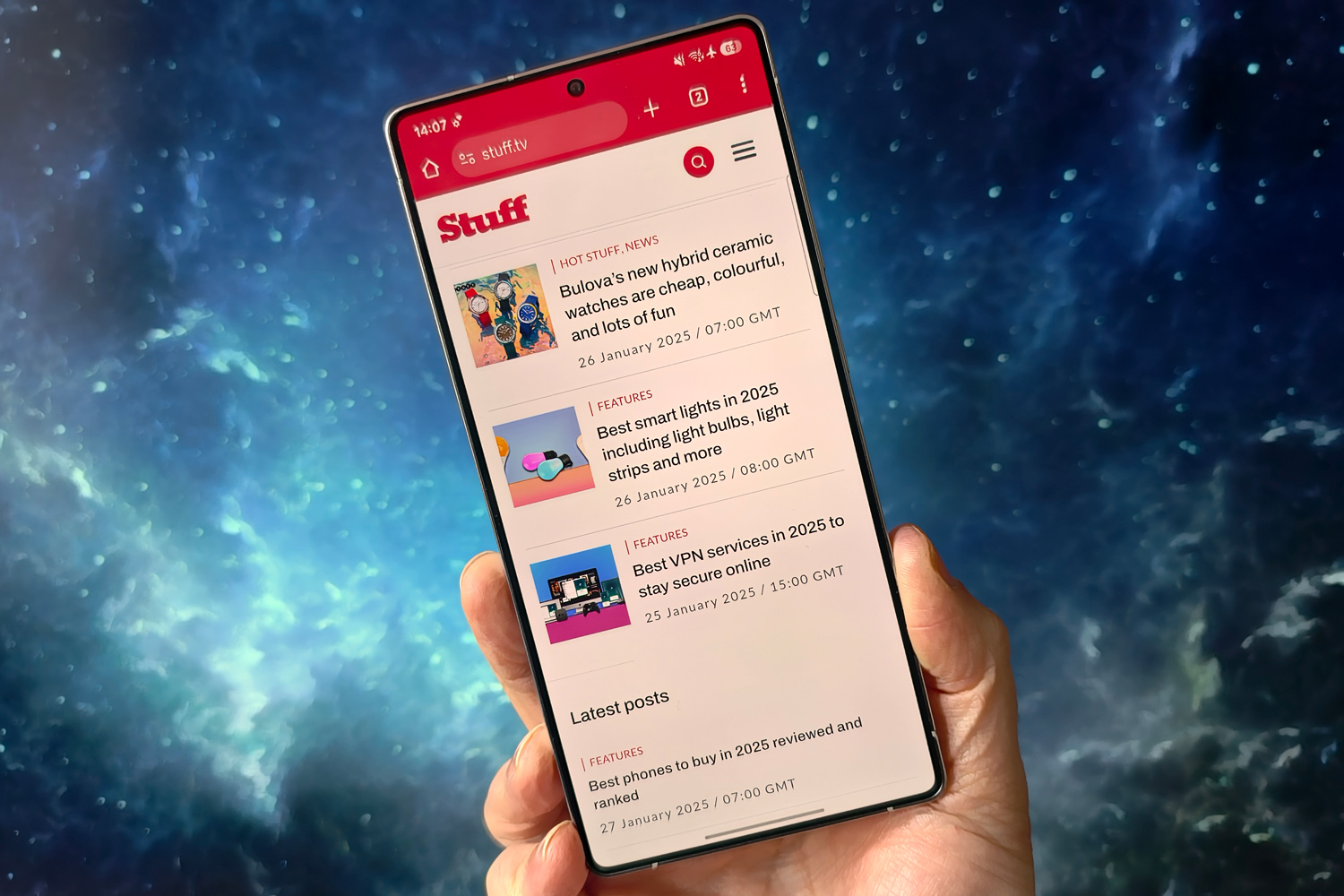
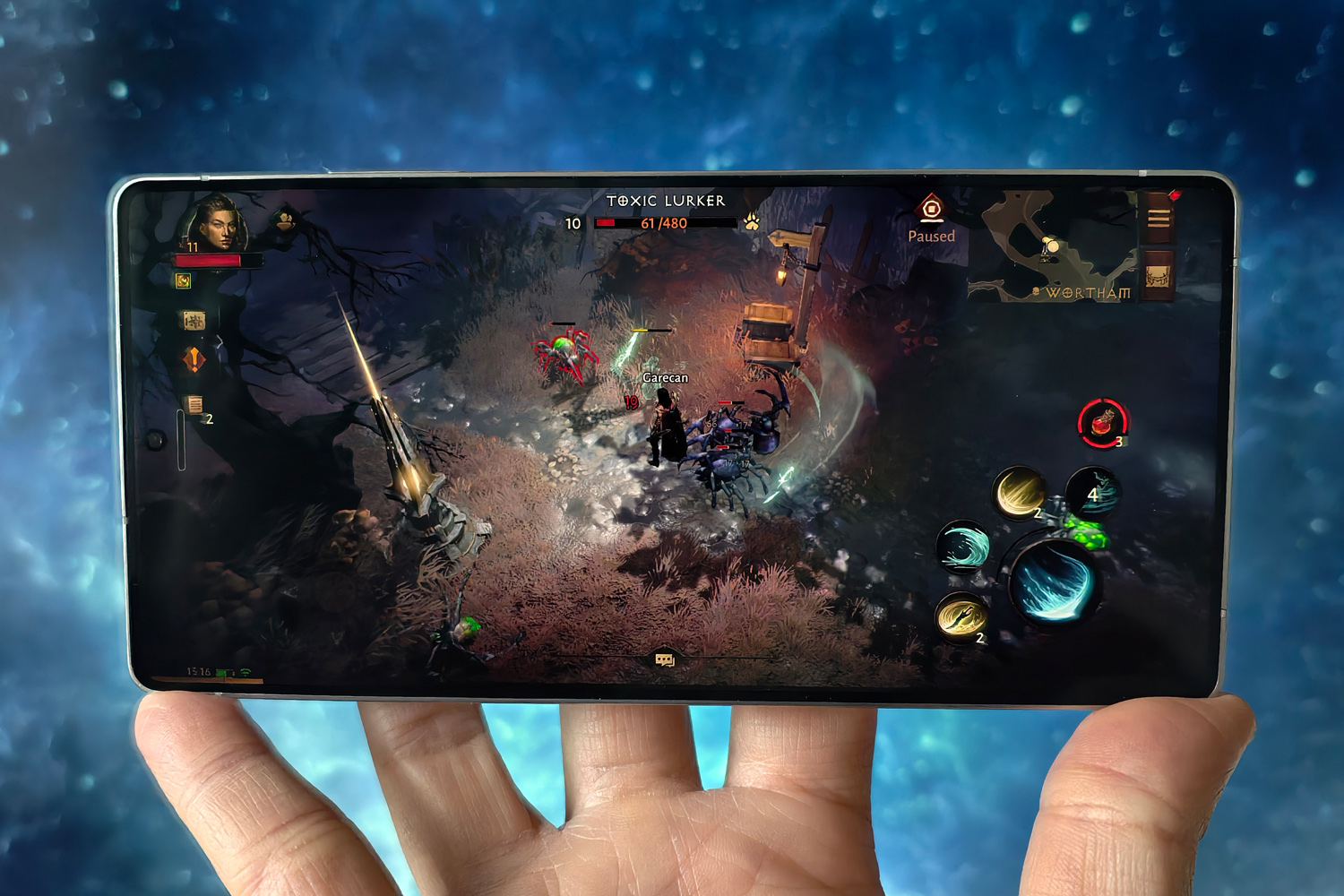
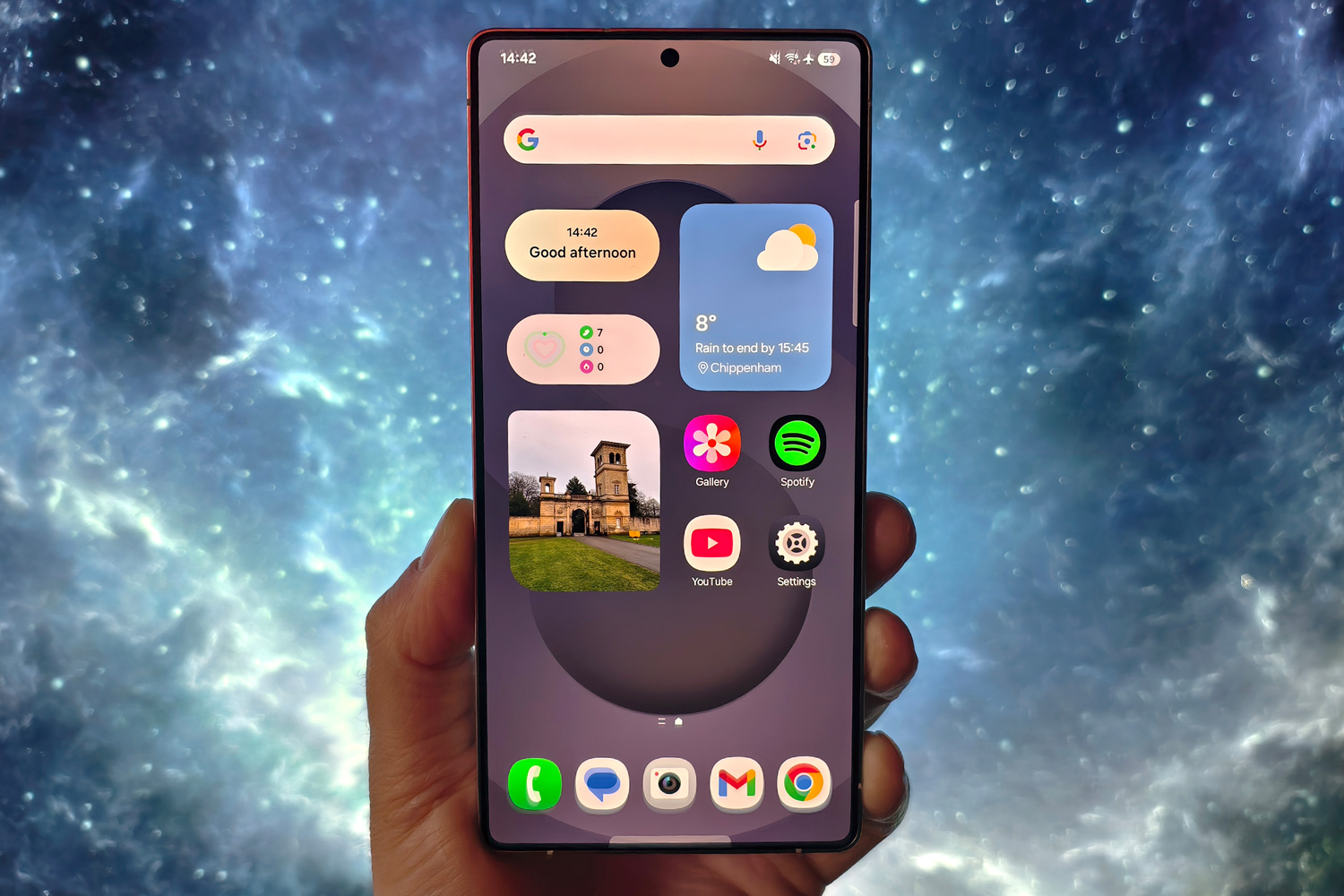
Samsung has again tapped up top-tier Snapdragon silicon for its flagship phone, and asked Qualcomm to give it the usual “For Galaxy” tune-up. That basically makes the S25 Ultra’s Snapdragon 8 Elite one of the most powerful mobile chipsets out there right now. It’s made on a 3nm process, so will be more energy efficient than last year, and cooling has been stepped up significantly. The vapor chamber is 40% larger than the S24 Ultra’s was, and there’s new thermal interface material (TIM) underneath.
An hour of Diablo Immortal still made it get a bit hot under the collar, but the game ran like a peach – even with fancy ray tracing effects enabled. 120fps play in titles that support it should be a given, and demanding 3D titles won’t be a problem either. I could emulate other hardware with impressive performance, too.
Artificial benchmarks back that up, with the Geekbench multicore score of 10,039 being among the best I’ve seen from an Android phone. It’s not dramatically higher than rivals that use the off-the-shelf version of the same CPU, admittedly – and continuous runs still sees performance dip, but find me a phone where that’s not the case.
Naturally that translated to impeccable everyday usability, with zero hints of stutter or slowdown, simply perfect multitasking, and near-instant app loads. And that’s despite it having just 12GB of RAM, which is modest for a modern flagship.
I’d say the 256GB of baseline storage is just about OK, too. Many rivals now make 512GB the starting point, and for less cash, but closest Android competition Google still makes 128GB the norm.
Battery life: day tripper
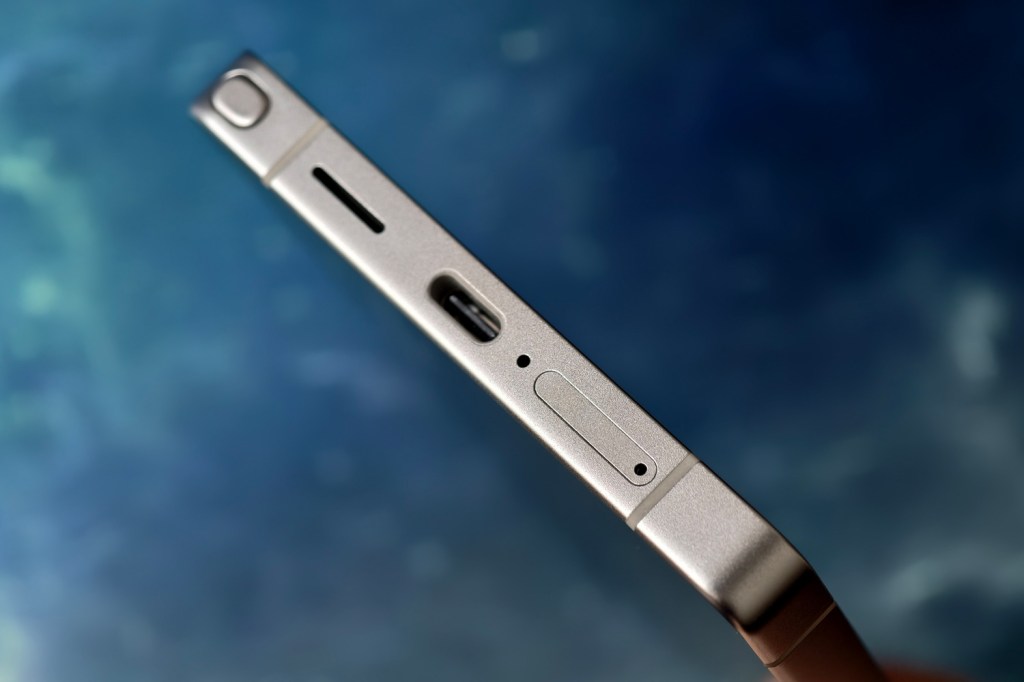
Here’s where the S25 Ultra ultimately falls short. With the same 5000mAh cell as last year, it simply looks anaemic next to peers with beefier silicon-carbon cells. Refuelling at 45W over USB-C is less than half what some rivals can manage, too.
More disappointing still is that Samsung didn’t use this launch as an opportunity to be the first major Android player out the gate with Qi2 magnetic charging. Sure, you can add it with a case – but only ones from approved third parties. None of Samsung’s official ones support it.
In my experience, the more efficient chipset helps the S25 Ultra last some 10-15% longer per charge than the outgoing phone. My usual mix of social scrolling, photography, music playback, video streaming and games would see me dip close to the red by the early evening, and I never had to break out the battery bank before the day was out.
Still, the OnePlus 13 and Vivo X200 Pro can now ease into a second day before needing to refuel, and both do so significantly faster. Samsung gets a passing grade here, but with “could try harder” written in the margin in red pen.
Software: AI refinements
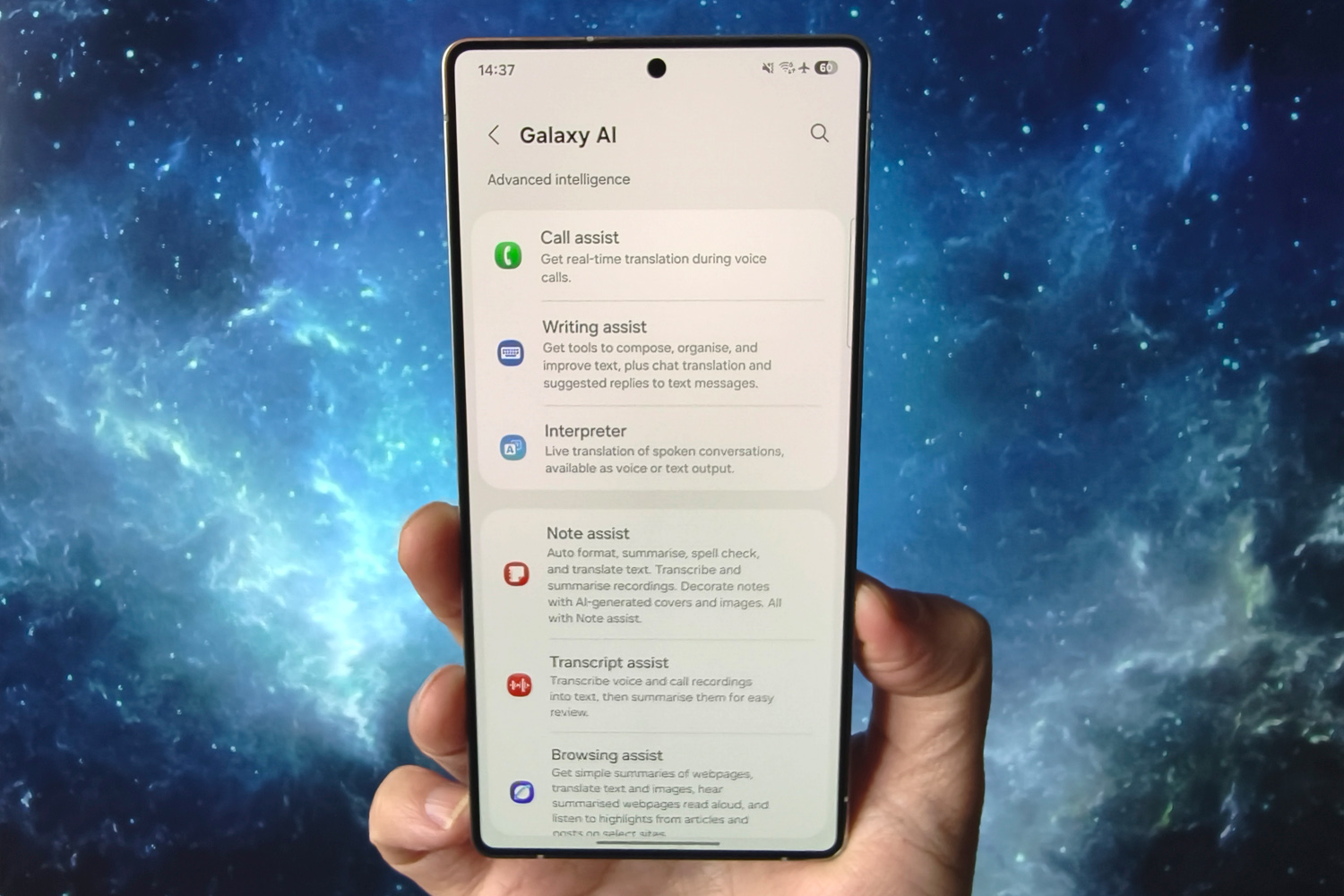

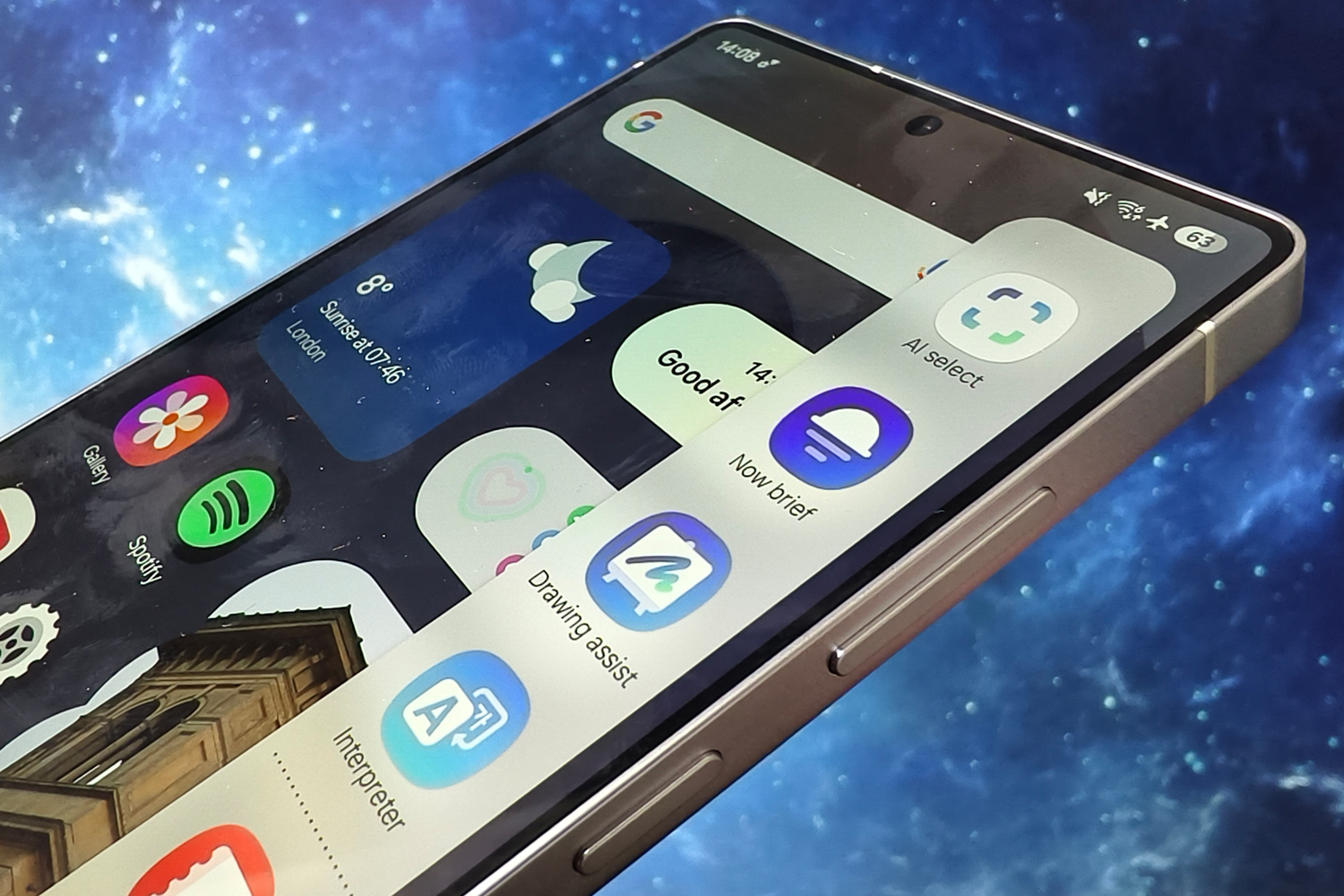

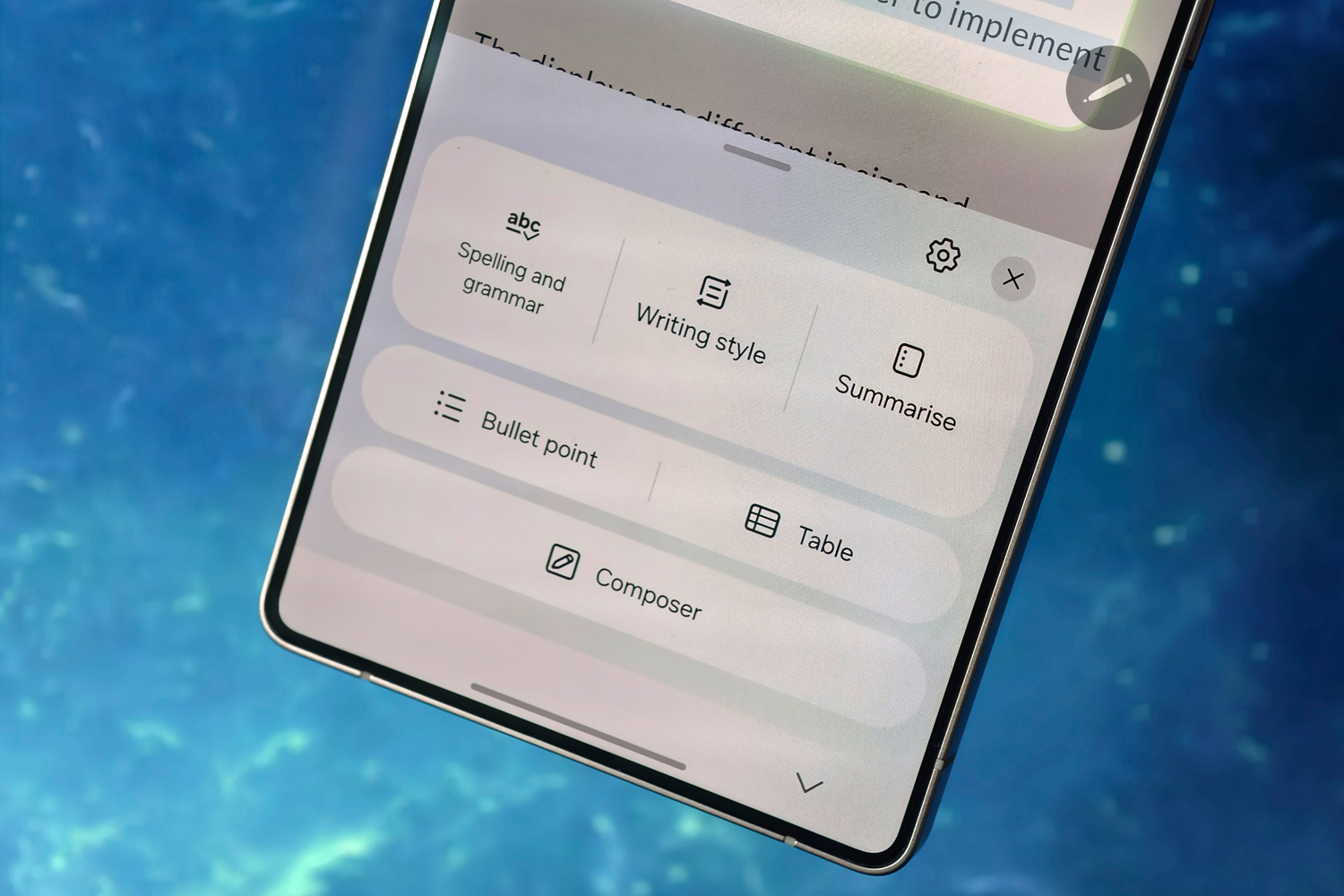
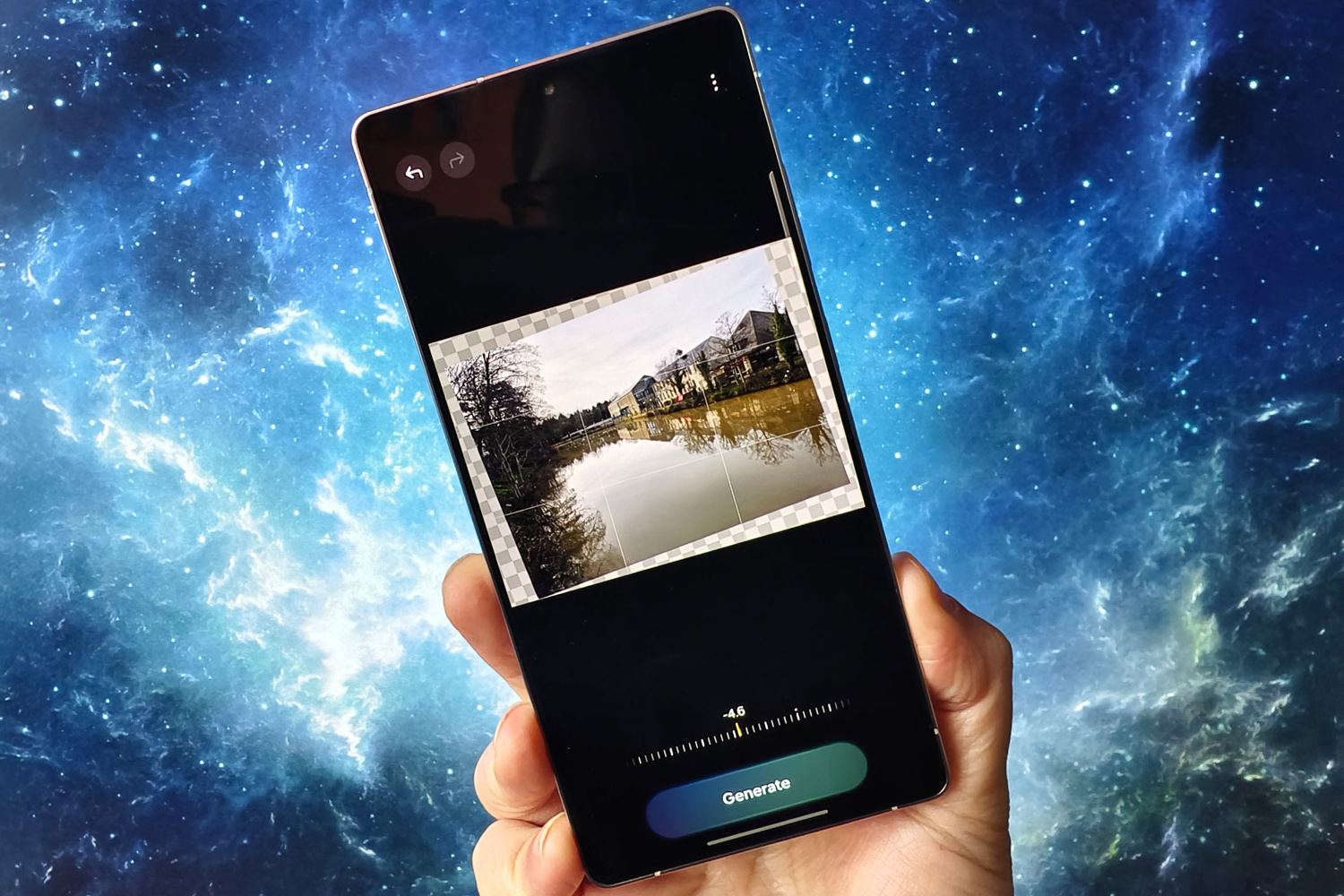
Naturally the S25 Ultra lands running Samsung’s latest take on Android. One UI 7 is now one of the better skins for Google’s OS, with a design consistency and comprehensive app selection. However, anyone coming from another brand will still find it a little overwhelming as Bixby, Samsung Health and now Galaxy AI all demand approval for various permissions before you even reach the homescreen for the first time. It’s not quite the ecosystem stranglehold Apple holds over iPhone owners… but it’s close.
There really isn’t any escaping Galaxy AI at this point, with the overarching OS now having as much artificially intelligent assistance as Samsung’s own-brand apps do. That includes most of the Gemini smarts that Google introduced with the Pixel 9 series, including Gemini Live natural language voice chat. It recognises images and YouTube videos now, and the way it shares between different apps makes it that bit more useful for things like planning trips with friends.
You can’t miss Now Brief, a contextual hub that summarises useful info from your apps on your home and lock screens. I liked waking up to my NHL team’s latest scores (Go Maple Leafs) and how it suggested particular Spotify playlists while I was commuting, but wish it could pull info out of more of the apps I use on a regular basis.
AI Select is Samsung’s spin on Circle to Search (which also sticks around), letting you highlight anything onscreen and be offered up tools like a generative image editor and foreign text translator. It can also summarise articles and even rewrite text in different styles to sound more professional or casual. These features lived in specific apps before but are much easier to access now, using the pop-out sidebar shortcuts.
Samsung UK reckons one in five Galaxy owners now use some sort of AI feature every single day. Now they’re easier to access within apps you’re more familiar with, and not just Samsung’s own, I can see that number growing – at least until Samsung decides it has to charge for access, which surely can’t be too far away at this point.
You get Samsung’s now-standard seven year update promise, for both new Android versions and security patches. This should be the norm across the board, but most rivals are still playing catch-up.
Samsung Galaxy S25 Ultra verdict

Instead of being a slam dunk like Samsung’s last few flagship phones, the S25 Ultra is teetering on the rim. I honestly wonder if the firm would’ve bothered if it didn’t have shareholders to appease with annual releases. The lightest of camera refreshes, a mild visual makeover, and a faster CPU simply don’t move things on enough from last year. It feels out of step on battery capacity now, after having been behind on charging speeds for a while, and rivals are starting to pull ahead on photography too.
Galaxy AI now feels more tightly integrated into the experience, and is beginning to show its worth in a few areas, but I’m not convinced anything available at launch is truly a must-have just yet. Maybe that’ll change once Now Brief plays nicely with more third-party apps.
However, it’s not quite as simple as “Don’t care about AI? The Galaxy S25 Ultra isn’t for you.” This is still a fantastic phone, and anyone upgrading from a three- or four-year old handset will be impressed with what’s on offer. But they’d be foolish not to also check out the competition – which has either caught up or exceeded what Samsung is offering – before breaking out the credit card.
Stuff Says…
An underwhelming year-on-year upgrade that makes software the star. The Galaxy S25 Ultra is still compelling, and a class leader in several areas, but doesn’t excite like previous generations.
Pros
Simply outstanding performance
Largely unchanged cameras still among the best in class
Refined design and tougher build
Galaxy AI finally starting to feel like a cohesive whole
Cons
Beaten on battery by cheaper rivals using newer tech
Few meaningful hardware changes from the last-gen phone
S Pen a downgrade on last year
Samsung Galaxy S25 Ultra tech specs
| Screen | 6.9in, 3120×1440, 1-120Hz, 2600nits AMOLED |
| CPU | Snapdragon 8 Elite for Galaxy |
| Memory | 12GB |
| Cameras | 200MP + 10MP + 50MP + 50MP rear 12MP front |
| Storage | 256GB/512GB/1TB |
| Battery | 5000mAh |
| Charge speed | 45W wired, 15W wireless |
| Durability | IP68 |
| Dimensions | 163x78x8.2mm, 218g |


